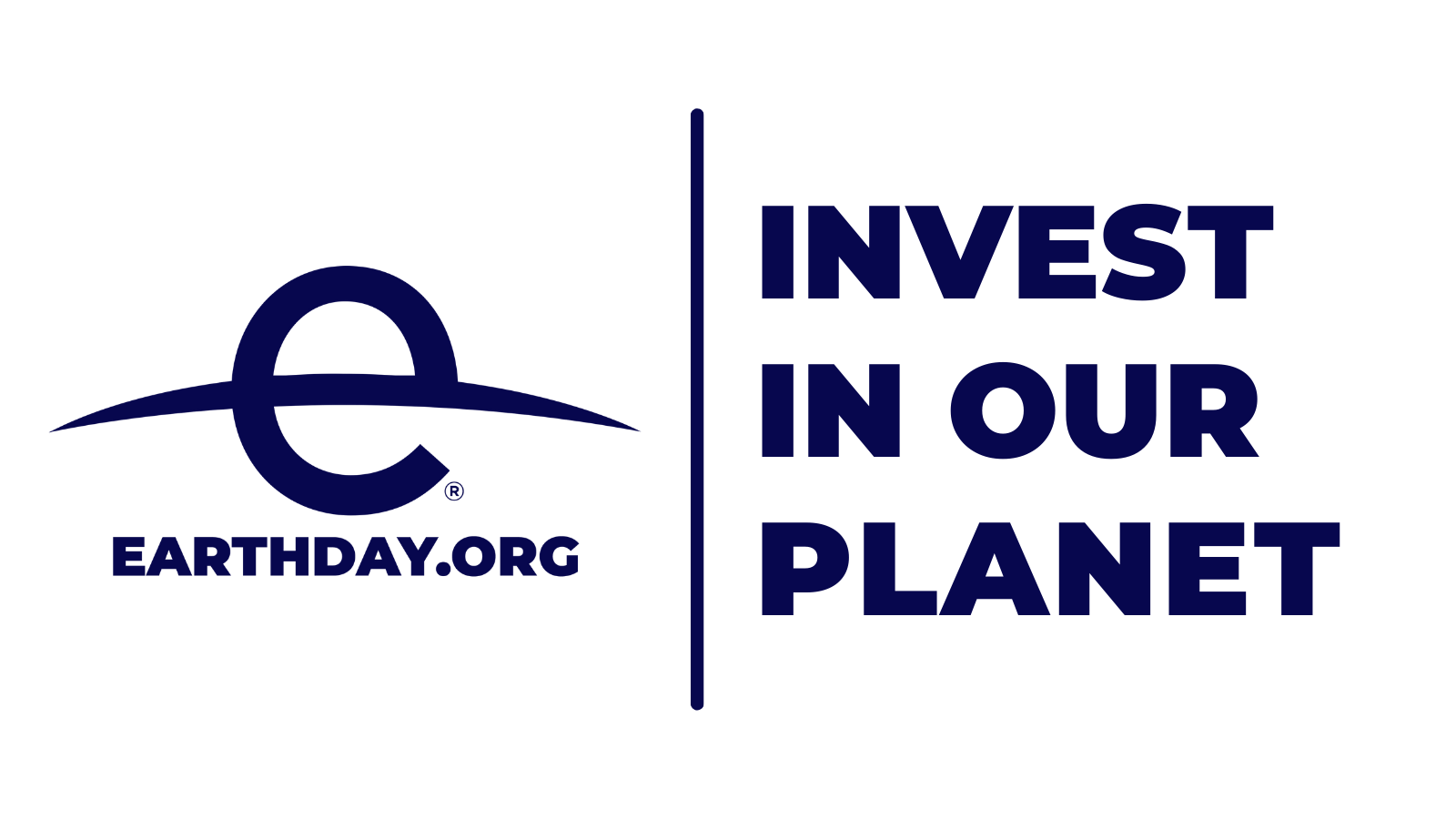|
|
|
Hi, As we head into Earth Month and look forward to Earth Day on April 22, we are reminded of the rich history and landmark environmental achievements that were made on and around past Earth Days. In the decades leading up to the first Earth Day in 1970, many Americans lived in a deteriorating environment filled with toxic and polluted air, water, and land. Industry was left unregulated, producing chemicals such as pesticides that harmed wildlife and our fellow human beings. The pollution of America’s waterways resulted in rivers catching on fire as the Cuyahoga River did in 1969.1 It was with these environmental calamities in mind that the idea for the first Earth Day began to take form. Senator Gaylord Nelson (D), the junior senator from Wisconsin, had long been concerned about the harm being done to the planet and announced the idea for a teach-in on college campuses to the national media. He then recruited Denis Hayes, a young activist (and our Board Chair Emeritus), to organize the campus teach-ins and they chose April 22, a weekday falling between Spring Break and Final Exams, to maximize the greatest student participation. As the planning for these environmental teach-ins were underway, a national staff of 85 was hired to promote events across the U.S. They changed the name to Earth Day, which immediately sparked national media attention, and caught on across the country. Earth Day inspired 20 million Americans — at the time, 10% of the total population of the United States — to take to the streets, parks, and auditoriums to demonstrate against the impacts of 150 years of industrial development which had left a growing legacy of serious human health impacts. As a result of that first Earth Day, the U.S. Environmental Protection Agency was created and numerous environmental laws were passed with bipartisan support in Congress. These laws have protected millions of men, women, and children from disease and death, and have protected hundreds of species from extinction. Since 1970, Earth Day has continued to play a powerful and global role in educating and mobilizing millions to get involved and organize around the important environmental issues of the day such as climate change. Read more about the history of Earth Day and of our recent impact and successes. Together, Kathleen Rogers Footnotes: 1. Case Western Reserve University: https://case.edu/ech/articles/c/cuyahoga-river-fire |
|
EARTHDAY.ORG · 1752 N St NW, Suite 700, Washington, DC
20036, United States
|

